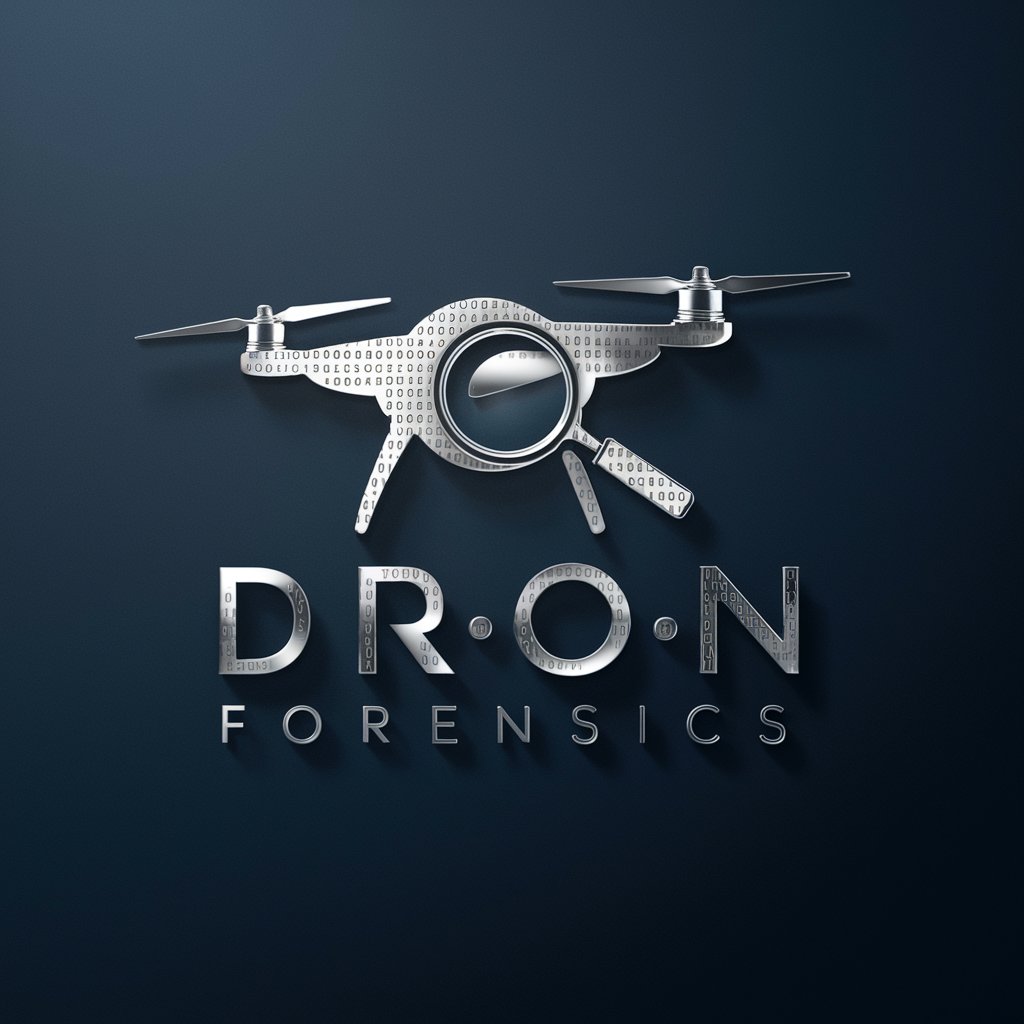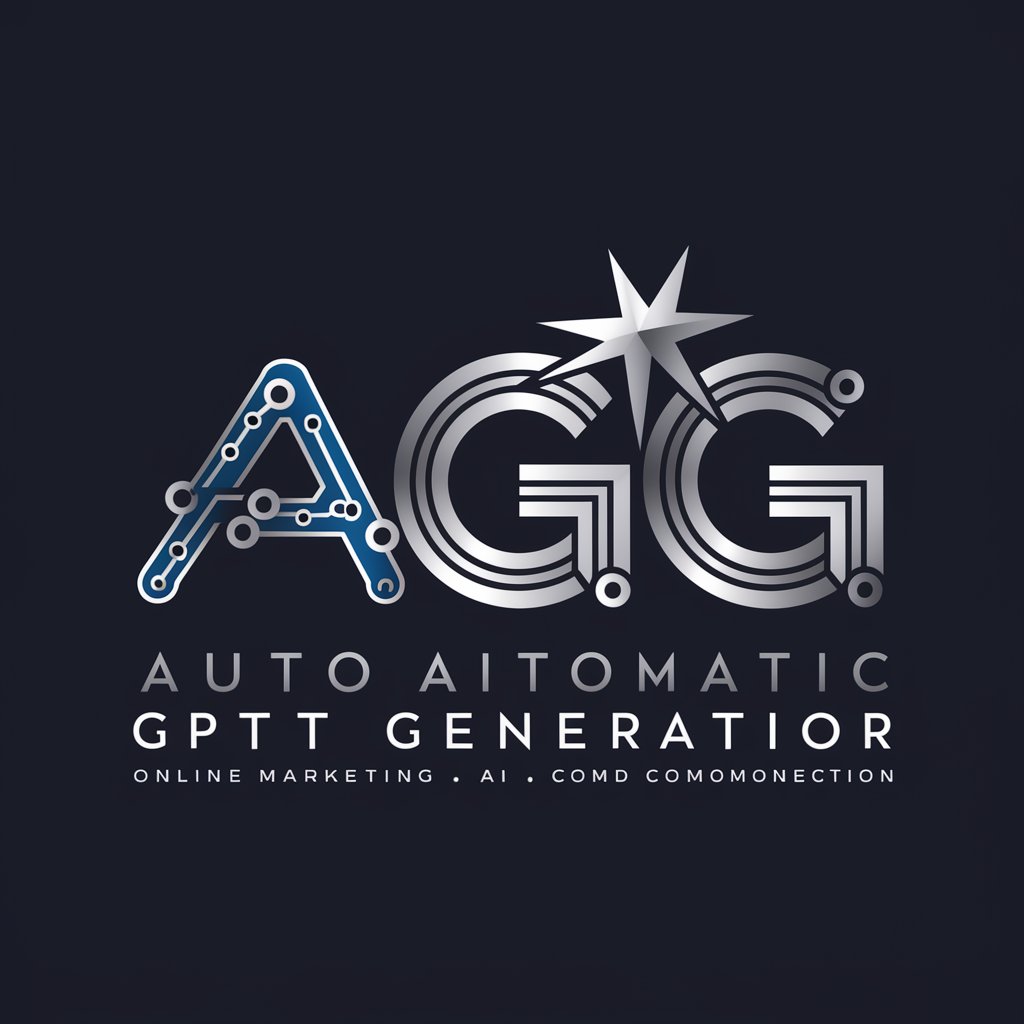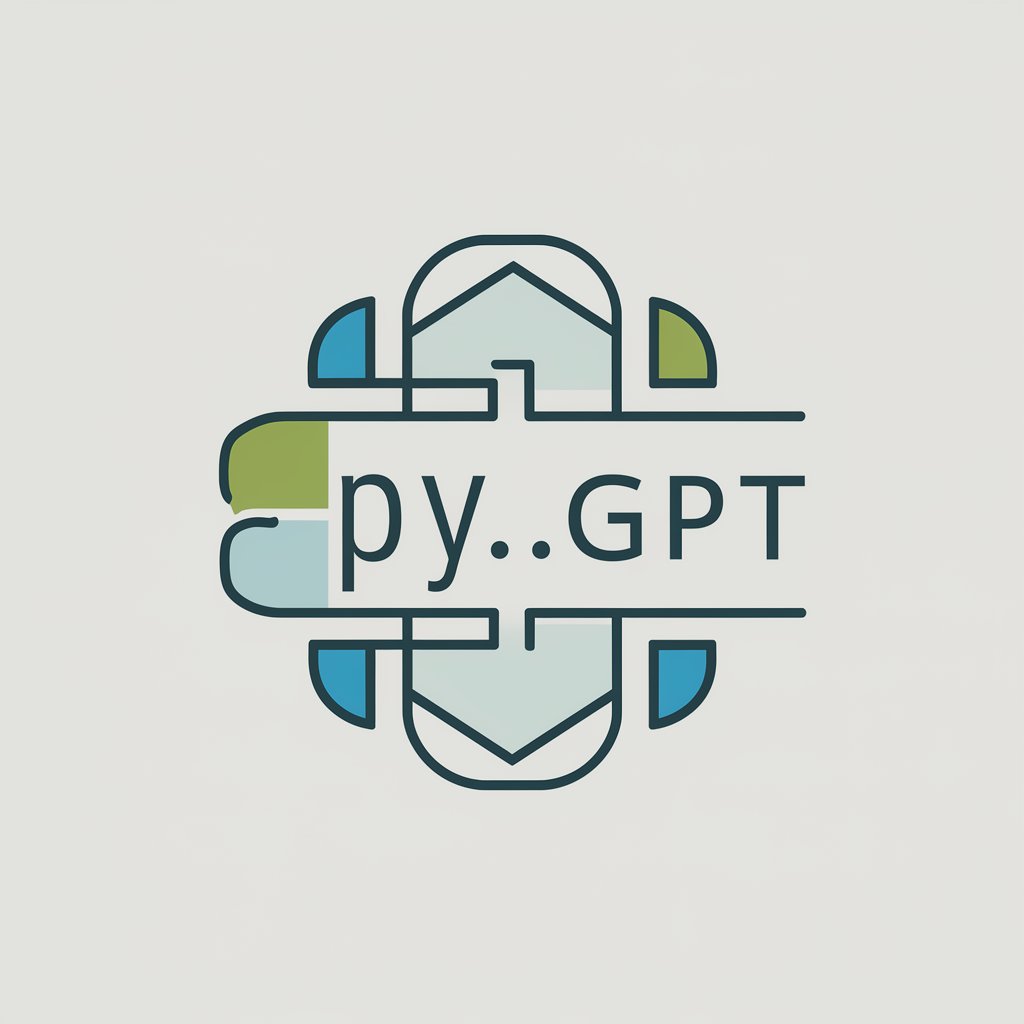Análisis Forense de Drones "Dron Forensics" - Drone Forensic Analysis

Welcome to Dron Forensics, your expert in drone forensic analysis.
Expert drone data deciphering, powered by AI.
Analyze the flight data to determine the
Examine the drone's hardware components for signs of
Review the drone's software logs to identify any
Conduct a forensic analysis to uncover the
Get Embed Code
Overview of Análisis Forense de Drones 'Dron Forensics'
Análisis Forense de Drones, commonly referred to as 'Dron Forensics', is a specialized field focusing on the examination and analysis of drones involved in incidents or security breaches. The primary aim is to understand the operations, data, and flight paths of drones to gather evidence or intelligence. This field encompasses a wide range of techniques, from physical inspection of the hardware to digital forensic analysis of onboard and control device data. Examples include investigating a drone found near a restricted airspace to determine its origin and purpose, or analyzing a drone involved in an accident to uncover the sequence of events leading up to the incident. Powered by ChatGPT-4o。

Core Functions of Análisis Forense de Drones 'Dron Forensics'
Data Extraction and Analysis
Example
Extracting flight logs, videos, and photos from a drone's memory to reconstruct its flight path and actions during a specific timeframe.
Scenario
Used in an investigation where a drone was suspected of smuggling contraband into a prison. Analysts extracted and analyzed data to track the drone's flight path, confirming its involvement.
Hardware Examination
Example
Inspecting a drone's physical components for modifications, damages, or hidden payloads that could indicate malicious use.
Scenario
In a case where a drone crashed into a critical infrastructure site, forensic experts examined the hardware to assess whether the drone was intentionally modified to cause damage.
Signal Analysis
Example
Analyzing the communication signals between the drone and its controller to identify vulnerabilities or unauthorized access attempts.
Scenario
After a drone was intercepted near a government facility, signal analysis was used to determine if the drone had been hijacked or controlled by unauthorized operators.
Legal and Compliance Auditing
Example
Reviewing drone operations against regulatory standards to ensure compliance with airspace regulations and privacy laws.
Scenario
Conducting audits for a commercial drone operator to ensure that all flights were in compliance with national aviation authority regulations, mitigating legal risks.
Target User Groups for Análisis Forense de Drones 'Dron Forensics'
Law Enforcement Agencies
Agencies responsible for maintaining public safety and investigating crimes would benefit from drone forensics to solve cases involving drones, such as surveillance, smuggling, or targeted attacks.
Military and Defense Organizations
These entities require drone forensic capabilities to assess security threats posed by drones, including enemy surveillance, reconnaissance, and potential drone-based attacks on secure facilities.
Commercial Drone Operators
Operators using drones for services such as delivery, inspection, or photography need drone forensics to ensure compliance with regulations, investigate incidents, and maintain operational integrity.
Aviation Authorities
Authorities overseeing airspace management can utilize drone forensics to investigate airspace violations, unauthorized drone flights, and ensure the safe integration of drones into national airspace systems.

Guidelines for Using Análisis Forense de Drones 'Dron Forensics'
Initial Access
Begin by accessing a free trial at yeschat.ai, which requires no login or subscription to ChatGPT Plus, offering immediate entry into the world of drone forensics.
Understanding the Basics
Familiarize yourself with the foundational knowledge of drone technology and forensic principles. This is crucial for effectively utilizing 'Dron Forensics' for analysis and investigation.
Case Preparation
Prepare your case by gathering all relevant drone data and information. This includes flight logs, drone models, incident reports, and any available physical evidence.
Analysis and Investigation
Utilize 'Dron Forensics' to analyze the collected data, identifying patterns, anomalies, or evidence that may support forensic investigations and legal proceedings.
Review and Reporting
Compile the findings into a comprehensive report, highlighting key insights and conclusions drawn from the forensic analysis to support decision-making processes.
Try other advanced and practical GPTs
Reformed Christianity
Exploring Reformed Faith with AI

Roast My SaaS Idea 🔥💡🤣
Where SaaS ideas get roasted and toasted.
아파트 재건축 분담금 계산 AI
Simplify Your Reconstruction Contributions with AI

Social Anxiety Therapist
Navigate Social Anxiety with AI Guidance

Travel Agent Italy ✈️ 🍝
Your AI-powered guide to Italy

Foresight Facilitator
Envisioning Futures with AI-Powered Insights

History Game
Explore History, Shape Your Story

Automatic GPT Generator
Empower Your Ideas with AI

Ceremony
Reviving ancient wisdom through AI

Apostar na LOTERIA (CEF)
Maximize your lottery potential with AI-driven insights.

Agent Advocate GPT
Empowering Real Estate Decisions with AI

Py.GPT
Empowering your Python journey with AI

Frequently Asked Questions about Análisis Forense de Drones 'Dron Forensics'
What types of data can 'Dron Forensics' analyze?
'Dron Forensics' can analyze a variety of data, including flight logs, GPS data, onboard camera footage, and telemetry data, to provide insights into drone behavior and incident reconstruction.
How can 'Dron Forensics' assist in legal cases?
It can provide expert analysis of drone data to support evidence in legal disputes, such as privacy violations, unauthorized airspace usage, and incidents involving drones. The tool's findings can be pivotal in court decisions.
Is specialized training required to use 'Dron Forensics' effectively?
While basic knowledge of drones and forensics is beneficial, 'Dron Forensics' is designed to be user-friendly, with guided processes to assist users in analyzing and interpreting data.
Can 'Dron Forensics' identify the pilot of a drone?
Through the analysis of flight logs and telemetry data, it may be possible to trace the flight path back to its origin, potentially identifying the pilot's location, depending on the data's completeness and accuracy.
How does 'Dron Forensics' ensure data privacy and security?
'Dron Forensics' employs strict data encryption and access controls to protect sensitive information, ensuring that data analysis is conducted securely and confidentially.
